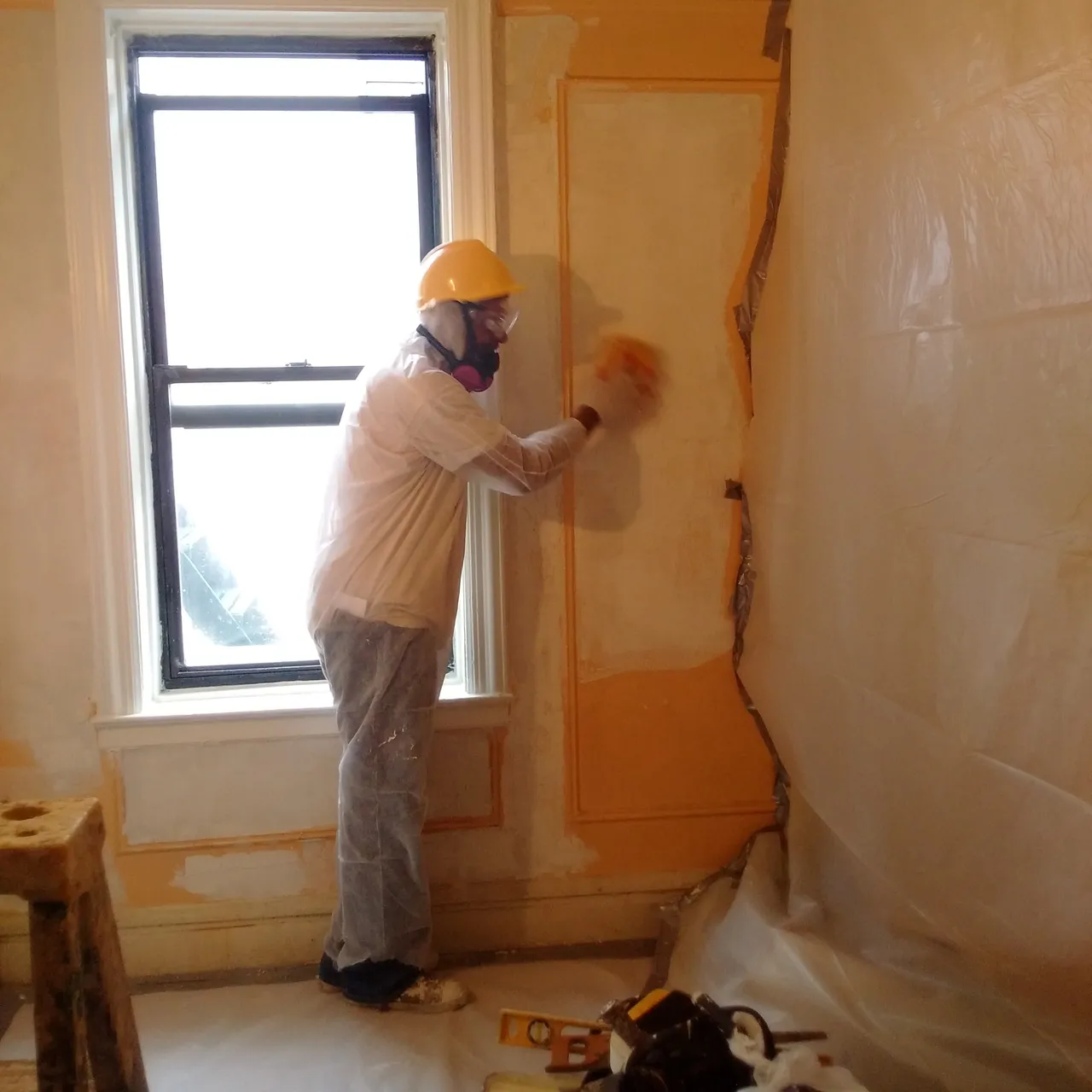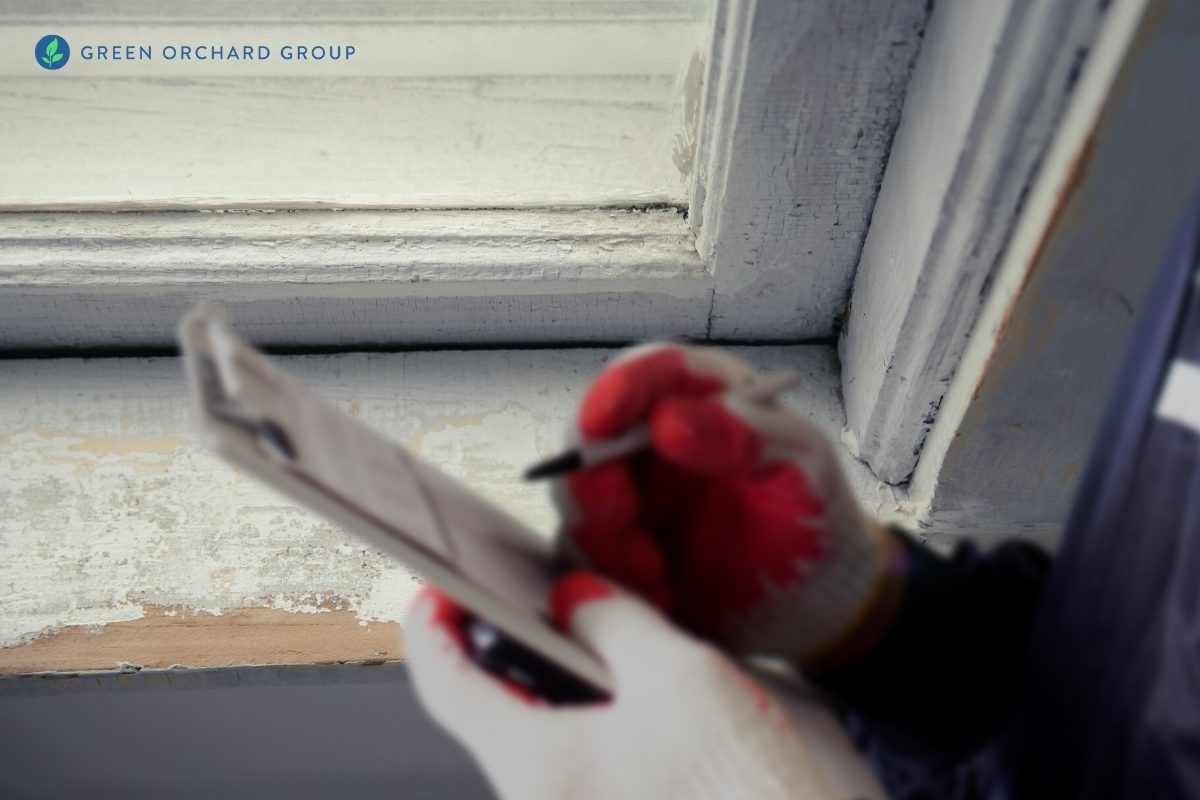Comprehensive Guide on Effective Lead Infraction Elimination Methods
In the realm of environmental safety, dealing with lead offenses requires a thorough and organized approach. This comprehensive overview begins by highlighting the critical first steps of recognizing lead dangers with advanced assessment and screening techniques. The overview specifies on the significance of sticking to stringent safety methods throughout the removal procedure, consisting of the use of proper PPE and isolating influenced areas.
Determining Lead Dangers
Determining lead dangers is a crucial initial step in reducing the dangers associated with lead exposure. Lead, a harmful steel, can be present in different environmental tools, including paint, soil, water, and dirt.
The preliminary stage in recognizing lead dangers entails understanding common lead resources within the developed environment. Frameworks built before 1978 are specifically susceptible as a result of the widespread use of lead-based paint during that period. In addition, dirt contamination can occur from degrading exterior paint, industrial emissions, or historical use leaded gasoline.
An additional substantial resource is lead piping and plumbing fixtures, which can seep introduce alcohol consumption water. Durable goods such as playthings, porcelains, and imported items may also consist of unsafe lead degrees. Significantly, work settings and pastimes involving lead can track pollutants right into homes.
Assessment and Testing
When addressing lead risks, reliable assessment and screening are critical. First assessment usually entails an aesthetic examination to determine potential lead resources, such as degrading paint or infected dirt.

Dirt clean sampling is another essential strategy, particularly in household settings. By accumulating examples from floors, windowsills, and various other surface areas, this technique provides understandings right into potential direct exposure risks. Dirt testing around structure perimeters is essential to detect lead contamination that could posture threats, particularly to kids.
Safe Elimination Procedures
Upon finishing comprehensive assessment and screening, executing safe removal procedures is the next critical phase in attending to lead hazards. This process makes certain that lead-contaminated products are successfully and safely gotten rid of, decreasing threat to both workers and locals. The initial step includes separating the damaged area making use of plastic sheet and appropriate sealing methods find this to avoid the spread of lead dust.
Employees have to don appropriate individual safety equipment (PPE), including respirators, handwear covers, and non reusable coveralls, to mitigate exposure. Utilizing specialized devices and wet approaches, such as wet fining sand or utilizing HEPA-filtered vacuum cleaners, lowers the dispersion of lead bits. It is crucial to stay clear of completely dry sanding or unpleasant blasting, as these techniques can produce unsafe lead dirt.
Waste disposal is an additional crucial element; all contaminated materials should be securely gotten and identified according to EPA and regional laws. In addition, detailed cleaning of the work location with HEPA vacuums and wet wiping ensures the elimination of recurring lead fragments.
Post-Removal Verification

Verification of successful lead removal, referred to as post-removal verification, is necessary to make certain the safety and habitability of the remediated location. This procedure entails a collection of thorough analyses and examinations designed to spot any residual lead fragments that might pose wellness risks. The first step normally includes an aesthetic evaluation to assess the completion and top quality of the removal work. This evaluation makes sure that all known sources of lead have been addressed which no visible signs of contamination continue to be.
Adhering to the visual assessment, ecological sampling is carried out. This involves collecting dust, dirt, and sometimes water samples from the remediated area. Approved laboratories assess these samples to gauge lead degrees, guaranteeing they fall listed below the safety thresholds developed by regulative bodies such as the great site Epa (EPA)
Furthermore, air quality testing might be executed to identify airborne lead bits, especially in situations where extensive lead-based paint removal or remodelling has taken place. The results of these examinations supply quantitative data validating that the lead degrees are within acceptable limitations.
Ultimately, post-removal confirmation functions as a vital checkpoint, validating the efficiency of the lead abatement initiatives and protecting the health of passengers and visitors.
Safety Nets and Upkeep

A key safety Get More Information net includes making use of lead-safe accredited specialists for any type of restoration, repair work, or painting tasks. These specialists are learnt methods that minimize lead dust and debris. Furthermore, preserving colored surface areas to stay clear of cracking or peeling off is essential, as deteriorating paint can release lead fragments right into the environment.
Educational efforts targeting home owners and tenants pertaining to the dangers of lead and the significance of reporting any kind of potential dangers can additionally improve preventative efforts. Regular cleansing utilizing HEPA vacuum cleaners and wet wiping techniques can significantly lower lead dirt accumulation.
Verdict
In summary, effective lead infraction elimination necessitates a careful technique incorporating thorough evaluation, accurate testing, and stringent removal procedures. Recurring inspections and upkeep are essential to minimize future lead threats, thus safeguarding public health and wellness and guaranteeing continual conformity with regulative demands.
 Jake Lloyd Then & Now!
Jake Lloyd Then & Now! Tia Carrere Then & Now!
Tia Carrere Then & Now! Jenna Jameson Then & Now!
Jenna Jameson Then & Now! Marla Sokoloff Then & Now!
Marla Sokoloff Then & Now! Richard Dean Anderson Then & Now!
Richard Dean Anderson Then & Now!